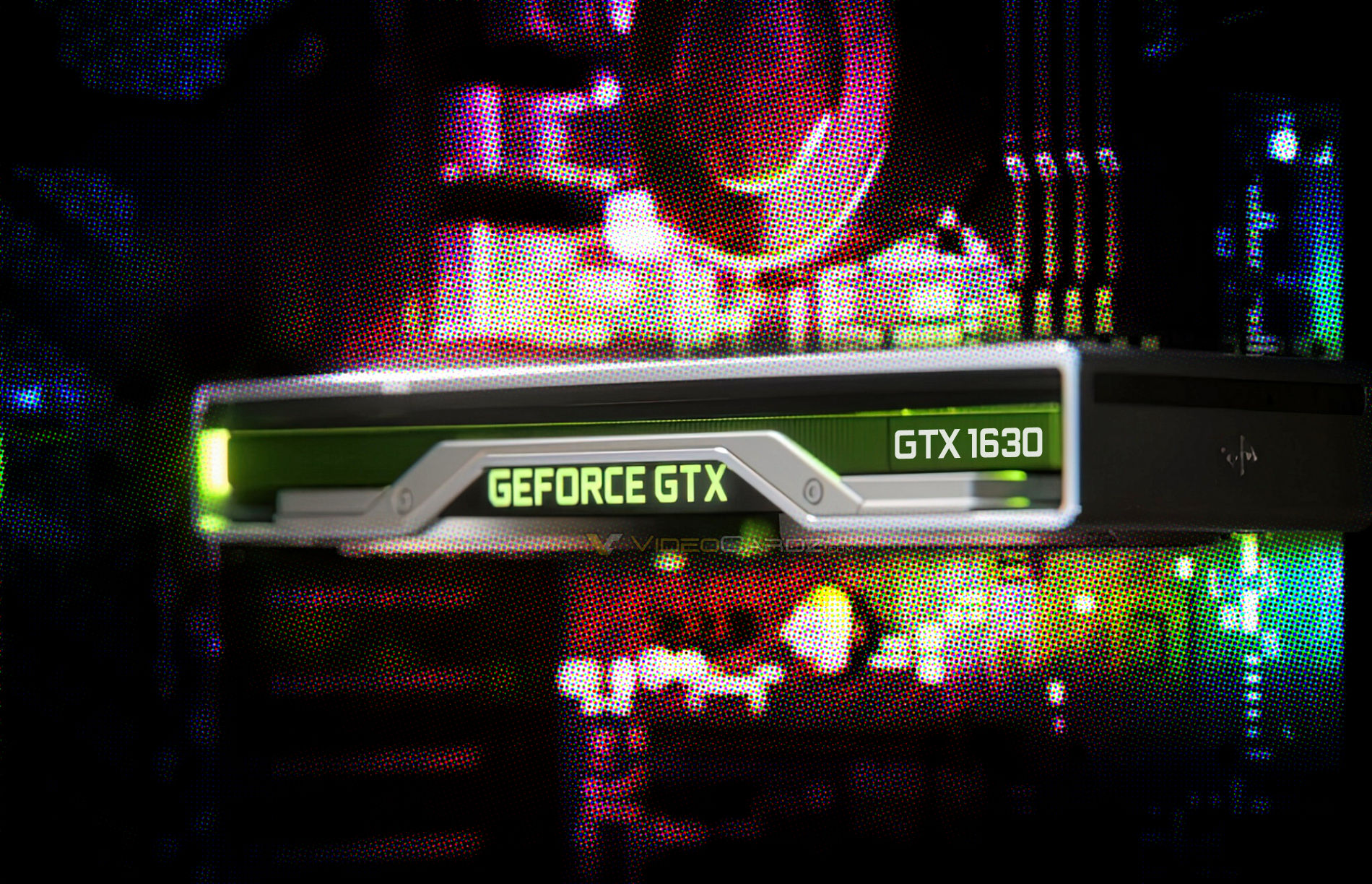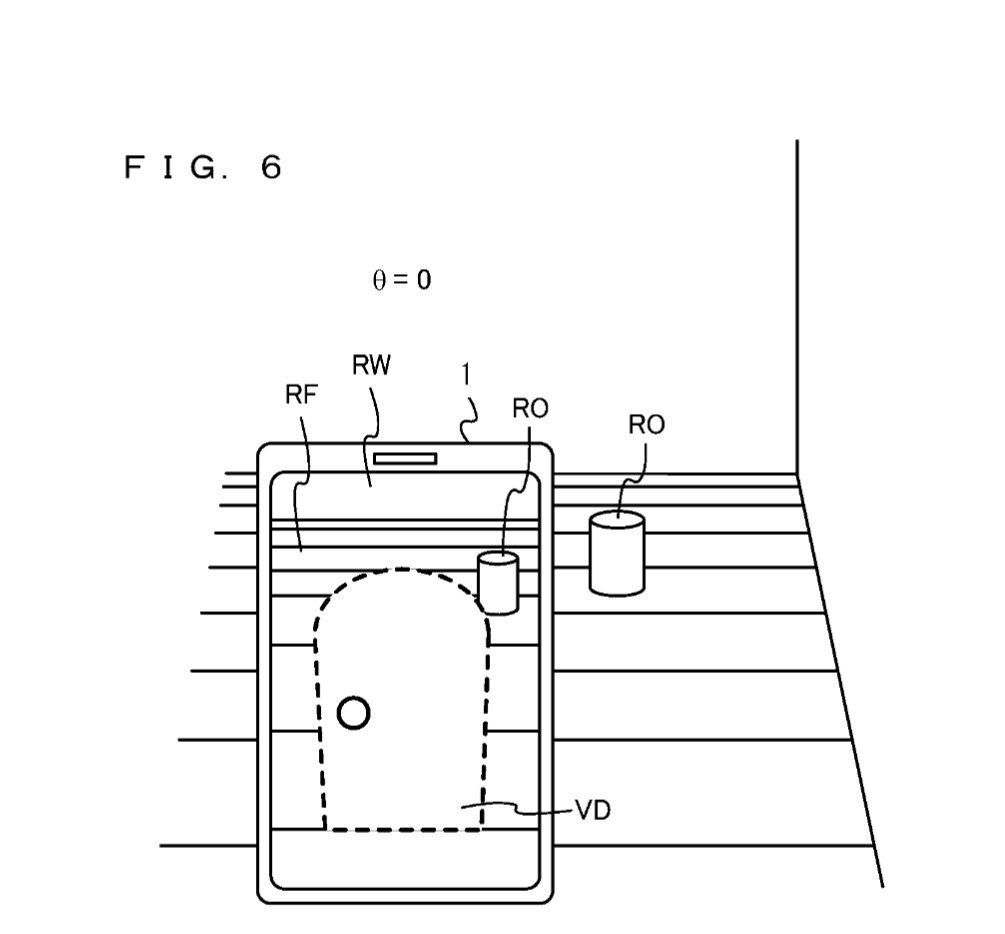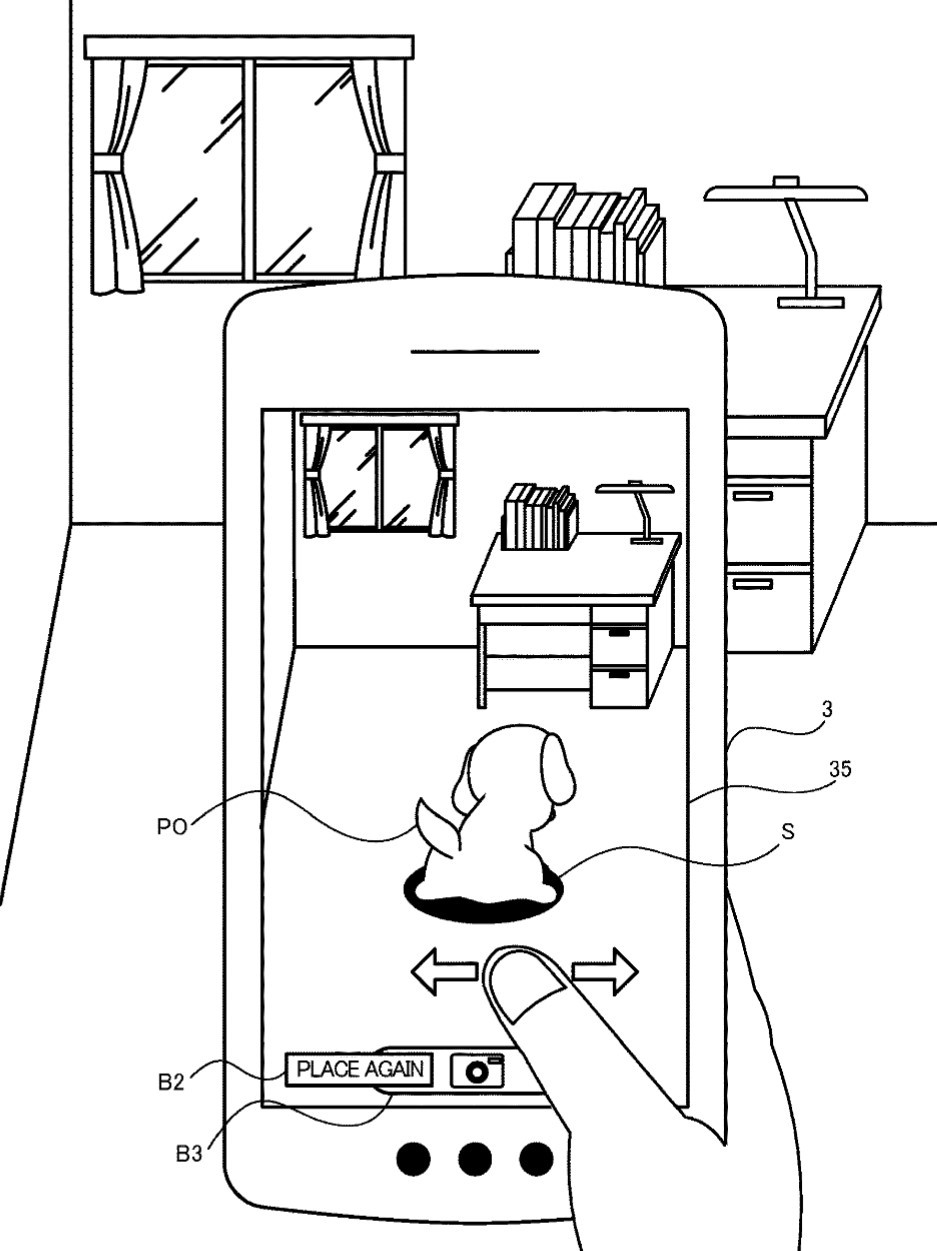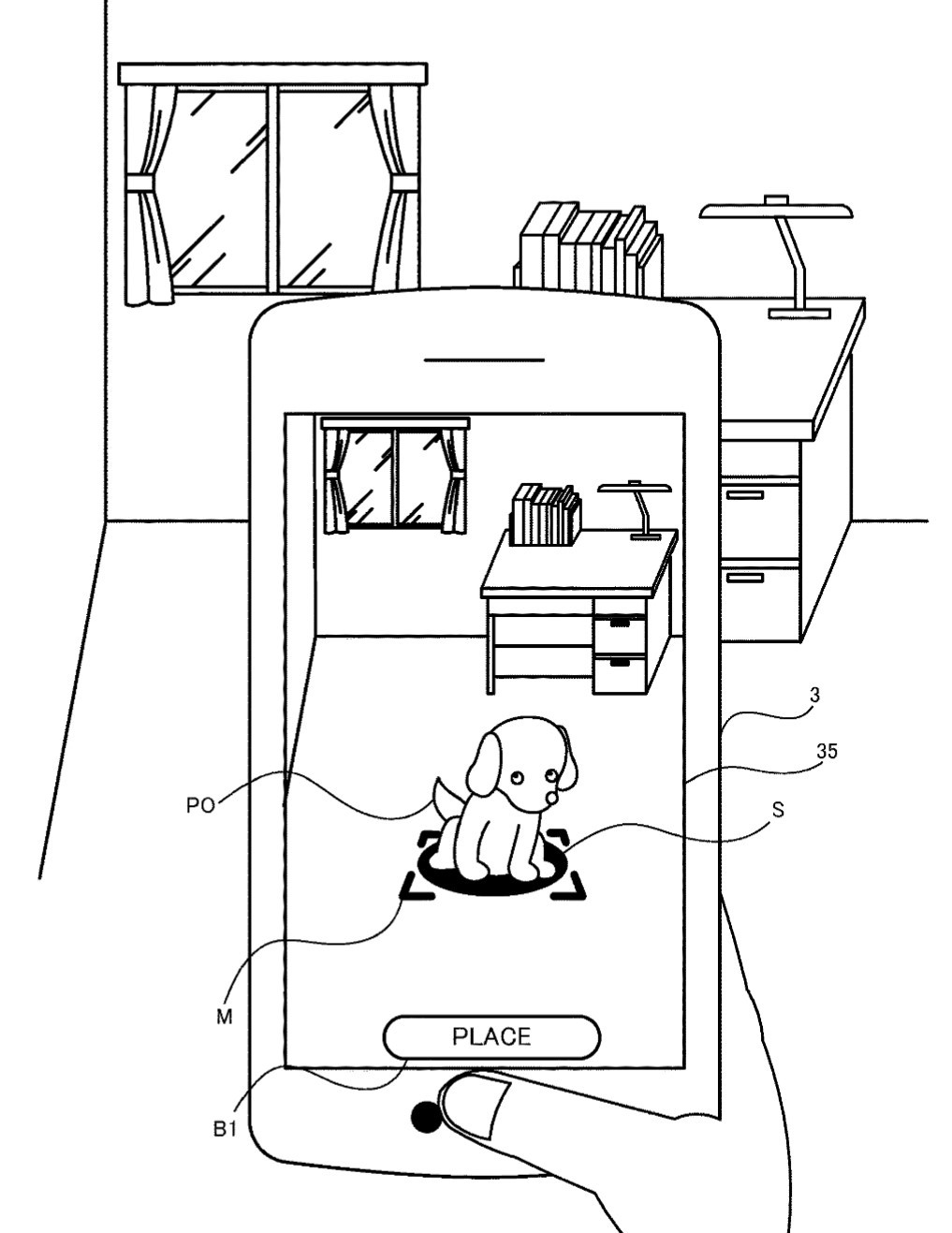Nintendo and Nvidia will have to go with 8 cores, or at least 6. In practical terms, the Switch is a 3-core system because they reserve a whole core for the OS. This is an important point to considerate.
As others said before, losing 1 core out of 4 is 25%, but 1 out of 8 is 12.5%. The impact on performance is too much for a modern system that has to keep up with technological advances for at least the next 5-7 years.
And while it’s true that single core performance keeps being a relevant part of gaming performance, most modern games benefit a lot more from multicore cpus compared to games from the start of the PS4/XBO generation. Eventually devs will end up taking advantage of having access to 2 powerful consoles with SMT (8c/16t) available.
So apart from the core count, we have to consider the thread count of the CPU. According to
Arm’s website the A78C doesn’t support SMT:
(
@ReddDreadtheLead it seems it’s not possible to have 16MB of L3 unless they go for more cores). Edit: just saw that Dakhil and Look over there answered you already.
Let’s do a little bit of light research about CPU performance:
In this video by LTT:
They show that 4 cores keep giving a competent performance in gaming, and that it should be enough for the near future. But they kinda flunked their metodology by only testing 4c/8t CPUs, so in reality they show that 8 threads is the minimal floor for future-proofing the device.
Hardware Unboxed arrives at a similar conclusion by testing the 4c/8t i3 10105F against stronger CPUs with disabled cores (and all of them have HT). 8 threads is the minimum going forward. Big caches help too.
According to the Steam Survey 4c and 6c have almost equal marketshare (no word on # of threads), and 4c have been declining in % during the pandemic. Probably most 4c/Xt are older systems that are getting replaced, but it’s just speculation on my part.
Sadly there aren’t a lot of recent videos comparing 2c vs 4c vs +6c; this next video is a bit older (from 2017) and at least show a more varied selection of games:
The bench has caveats: they use a Core i5-8600K (6c/6t) and disable pairs of cores to equalize clocks, but they decided to do a CPU benchmark with a GTX 1060 and all settings on High/Ultra…

We can still learn a few things despite the GTX 1060 bottlenecking hard most of the time:
- In all games the 2c CPU just can’t keep up.
- In most games the 6c CPU is not pushed as hard as the 4c despite the GPU bottleneck.
- In those cases the 6c CPU is at 70-80% utilization while the 4c is at >90%.
- The 6c losing 1 core for the OS (16,7%) shouldn’t compromise performance that much.
- The 4c CPU losing 1 core (25%) would definitely lose a lot of performance because it is at it’s limits.
So, TLDR, I think Nintendo and Nvidia’s next system won’t have 2 cores, shouldn’t have 4 cores, could have 6 cores, and should have 8 cores (and 8 threads). And it probably won’t have more than 8 cores.





